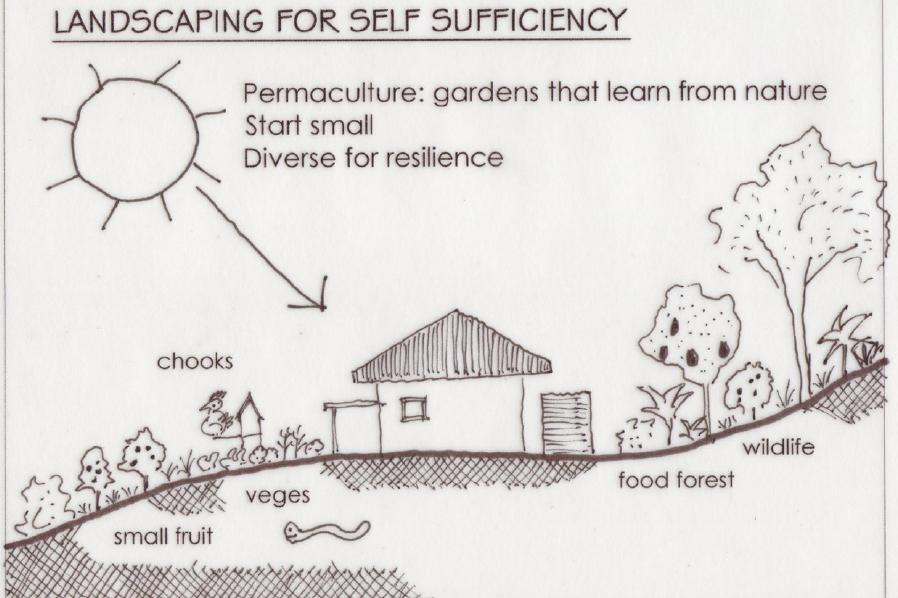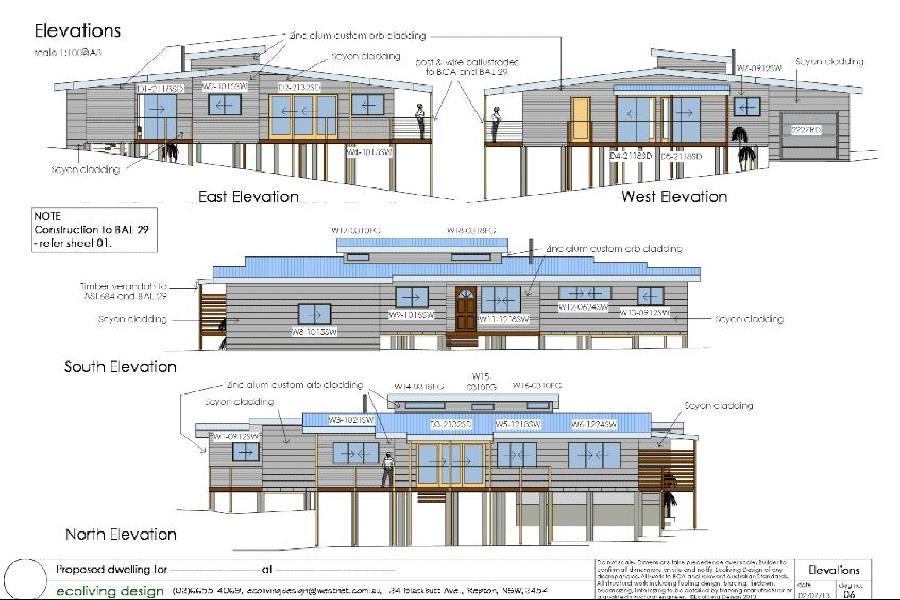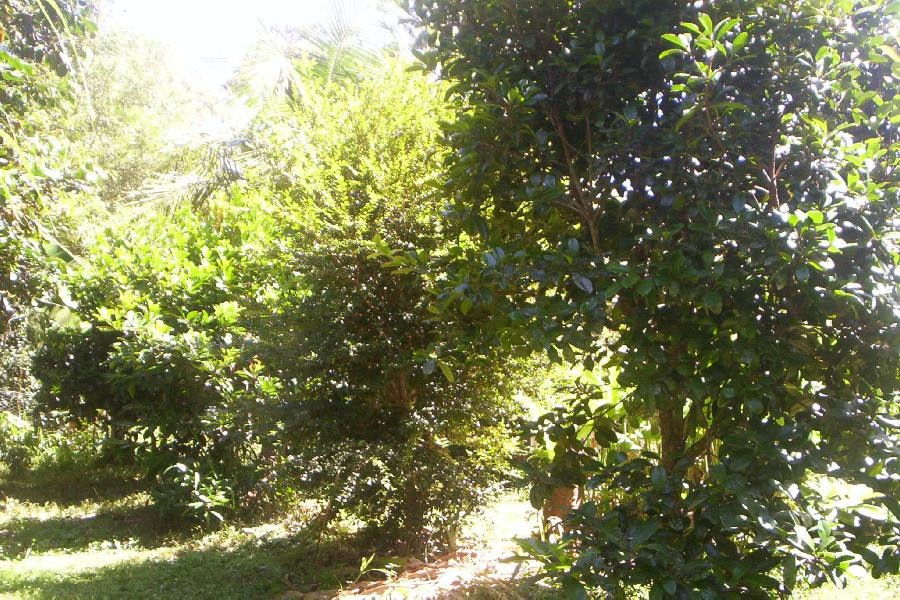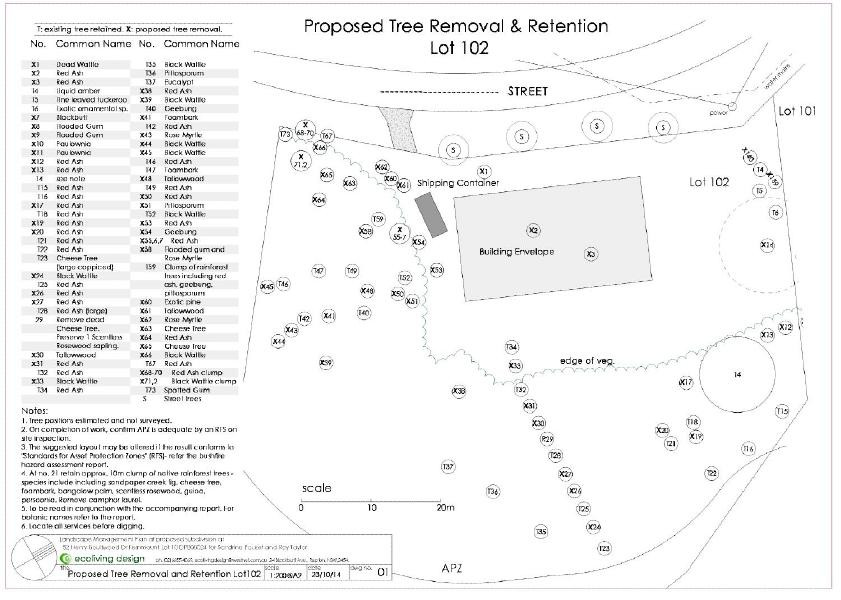LANDSCAPE DESIGN
LANDSCAPE DESIGN
SUBDIVISIONS AND COMMERCIAL
Much of our landscape design work is a requirement by council. Even small subdivisions usually require a site analysis and street tree plan. Commercial work requires a landscape plan.
MINI HABITATS
This is a new initiative with some exciting built work on the way. We’ll assess the likely original landscape, allow for the built environment, and design a complex plant assembly that imitates local natural habitat. This is scaled down so the plants are appropriately sized for nearby structures, safety and solar penetration.
Examples include imitation dune front vegetation for coasts, mini rainforests for sheltered areas and mini wetlands (kept drained for mosquito control) where stormwater needs to be slowed down.
An advantage of this dense planting style is lower maintenance (there is less opportunity for weeds) and it can look really good.
NATIVE PLANTS
In difficult coastal conditions, we plant mostly wildflowers – Grevilleas, Banksias, and a whole lot of other lesser known species. Many of these wildflowers occur as ground cover varieties adapted to spreading over rocks. They’re good at covering a bed for weed suppression and creeping over driveway edges. The littoral (dune) rainforest trees make good shade trees and are surprisingly tough.
In typical local conditions, the rainforest species are preferred. They’re better adapted to heavy soils and cast a deeper shade, suppressing weeds and grass. They’re not all giant trees – there are plenty of species appropriate for suburban gardens. Many people don’t realise that the “tropical” look can be done with native rainforest species instead of the mishmash of exotics you see.
EDIBLE GARDENS
Are different for everyone. The user – you, is central to the design and it’s important to design for the skill, time and motivation available.
A simple but satisfying plan is a few square metres of “kitchen garden” – not in the kitchen but near it and full of fresh greens and herbs. Nearby, maybe half a dozen well selected fruit trees. A couple of clumping grasses will help for mulch.
The other end of the scale is a complex system of vegies, root crops, fruit & nuts, mulch crops, animals – maybe even all mixed up as a single food forest.
PERMACULTURE
Isn’t just gardens but the whole lot – housing, water, energy, appropriate technology, earth care – and especially the putting it all together.
Permaculture gardens are linked with these other systems in planned, mutually beneficial relationships.
A study of nature will reveal very high diversity and productivity using efficient nutrient, soil & moisture conservation cycles. Permaculture gardens deliberately apply the processes of nature to the growing of food and materials. They will probably look a bit like nature – diverse, multi level, dense and with good soil cover.
- Region: ANZ and Oceania
- Country: Australia
- {{ error }}
- Request sent successfully.





